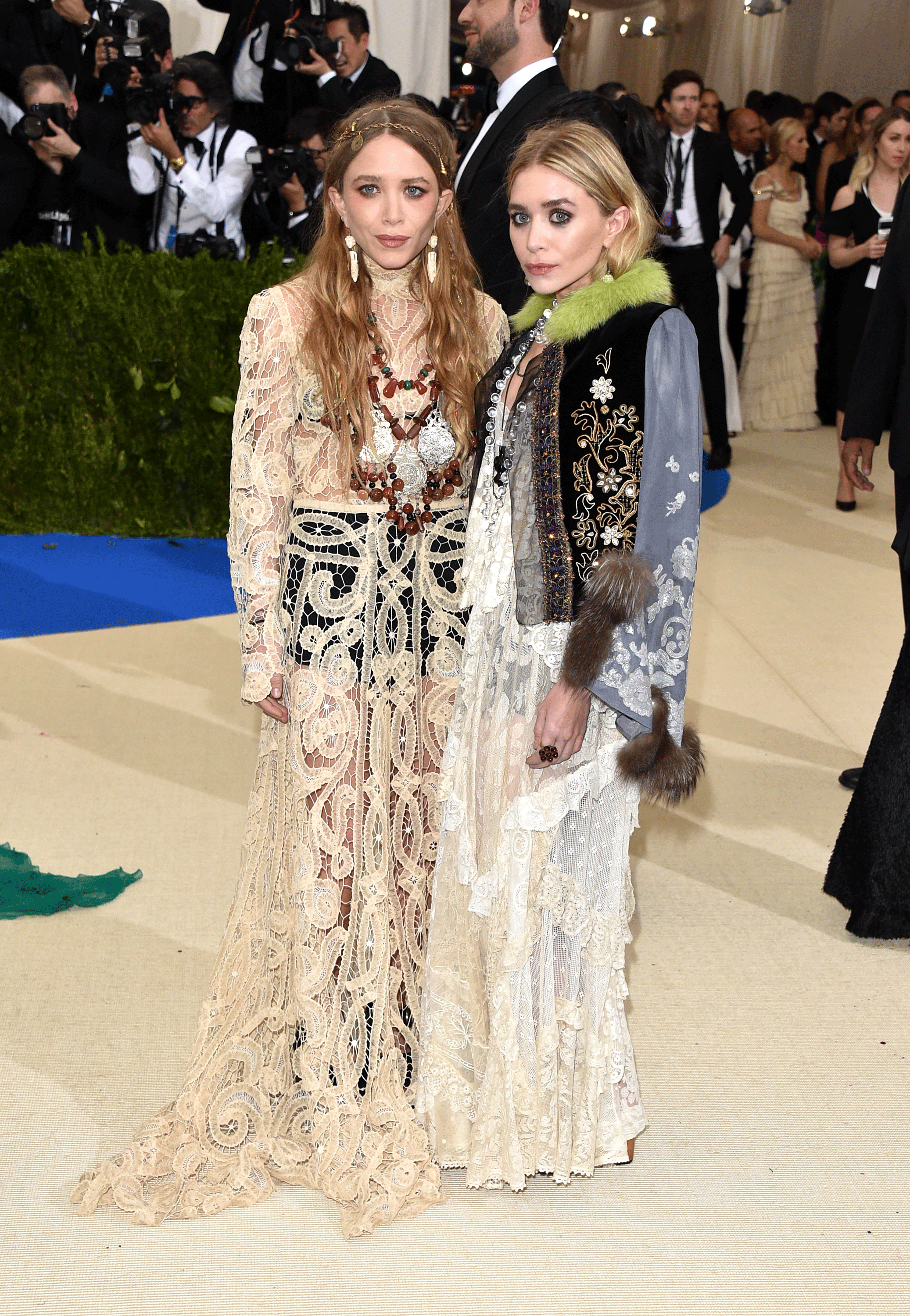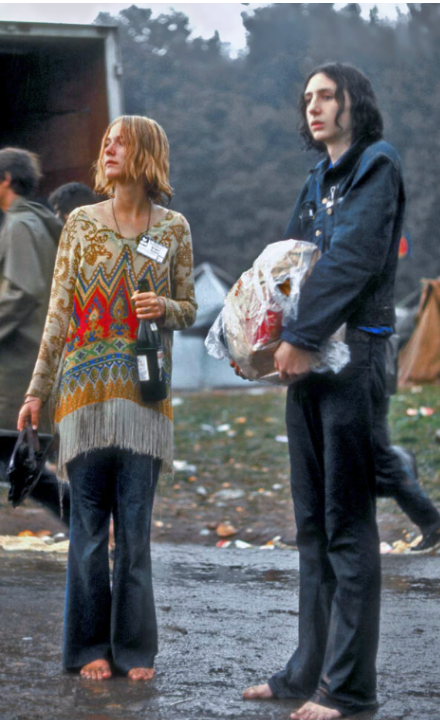A History of “Boho Chic”
The phrase boho-chic has been tossed around constantly this year, used to describe everything from what someone might wear to Coachella in 2016, to Kate Moss’s collaboration with Zara, to Isabel Marant’s signature aesthetic, to a college girl’s outfit for a western-themed party. But what does boho-chic actually mean, and how can you make it work this fall?
By Google’s definition, boho-chic is “a style of fashion drawing on various bohemian and hippie influences, which, at its height in late 2005, was associated particularly with actress Sienna Miller, model Kate Moss in the United Kingdom, and actress/businesswoman Mary-Kate Olsen in the United States.”
Google’s not wrong. When I think boho-chic, I picture Kate Moss’s 45th birthday party outfit, the Olsen twins at the 2017 Met Gala, and Vanessa Hudgens’ many Coachella moments. But this slouchy, flowy, studded aesthetic, which we've labeled boho-chic, is rooted in the term bohemian. The word itself comes from Bohémien, a French term once used to describe the nomadic Roma community, based on the incorrect belief that they originated in Bohemia. In English, bohemian came to describe a socially unconventional person: a free spirit, an artist, someone living outside the norm. So how did we get from the Roma community to Isabel Marant?
By the 19th century, writers and scholars were using bohemian to characterize anyone living beyond the bounds of polite society. In the 1860s, it became linked to the Pre-Raphaelite artistic movement, which rejected the rigid conventions of royal academies in favor of sincerity, realism, and art that reflected real social issues. Enter Jane Morris, a Pre-Raphaelite muse known for her loose, flowing dresses: an intentional rebellion against the corsets, caged crinolines, and hoop skirts that dominated women’s fashion at the time.
That same spirit of resistance carried into the 20th century. From the Beats to the hippies, countercultural style continued to embrace disheveled glamour—fringe, colored lenses, layered prints, and pieces that clashed just enough to work. What began as a rebellion against conformity eventually became a new kind of uniform: expressive, textural, and unbothered.
So at what point did bohemians become boho-chic? Predictably, once the aesthetic hit the runways. By the 1990s, various brands pumped out dozens of pieces that infused the bohemian, romantic, ease with runway polish. Notable designers who championed this vogue include Anna Sui, Isabel Marant, and Chloe. Tom Ford, when designing for the House of Gucci even released a 90’s runway collection deemed “hippi-chic”. Once it hit the catwalk, boho-chic was inevitable.
In the early 2000s, the look reached cultural saturation: floaty floral dresses, peasant blouses, low-slung belts, fringed bags, and worn-in suede boots. Memorable figures of this time include Kate Moss and Sienna Miller, who embodied a style that felt both rebellious and refined.
In Fall of 2024, we saw a huge resurgence of the “boho-chic” aesthetic, but this time with a darker, sleeker edge. Kate Moss herself helped lead the revival through her Zara collaboration, a collection that balanced accessibility with the detail and uniqueness of higher end pieces.. The collaboration featured tons of fringe, black lace, embroidery, ruffles, and linen: On paper, it shouldn’t work. But, in execution, it was one of the most sought after collaborations that Zara has ever done. Because that’s always been the secret of boho-chic. It works precisely because it isn’t trying to.













